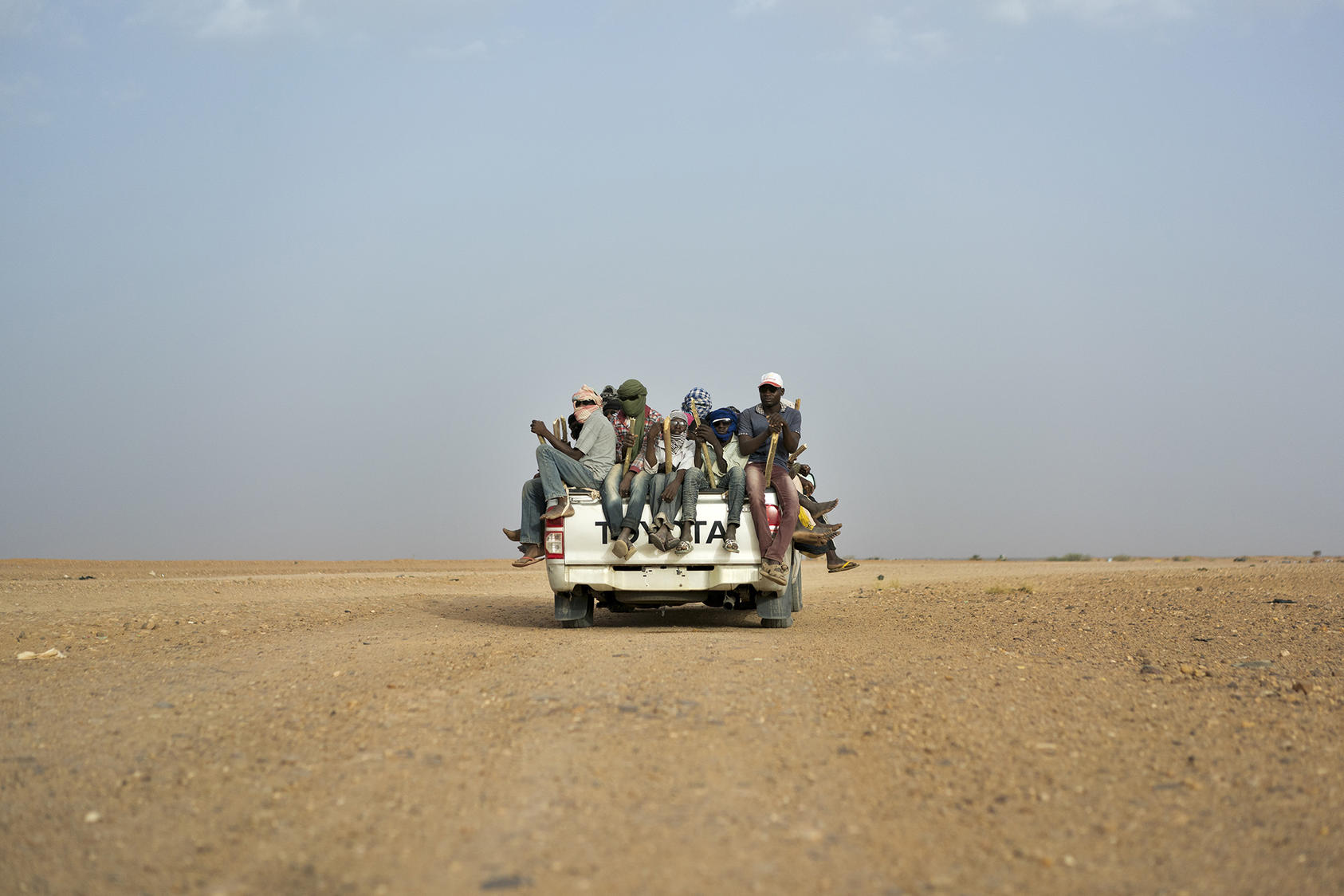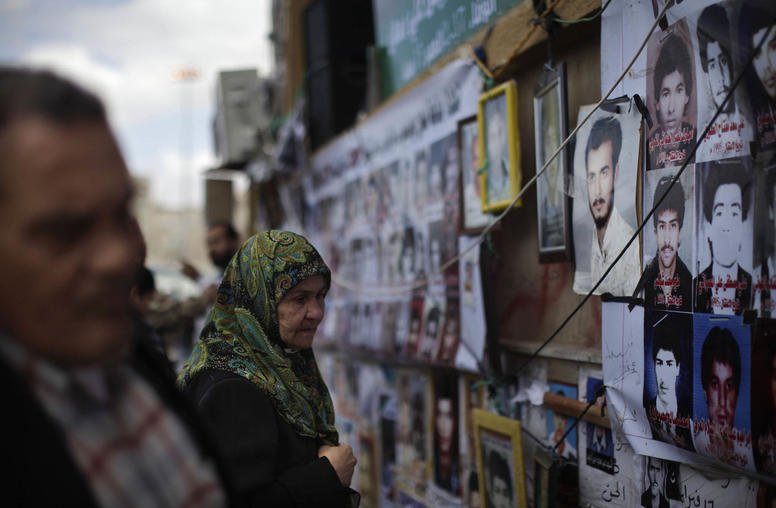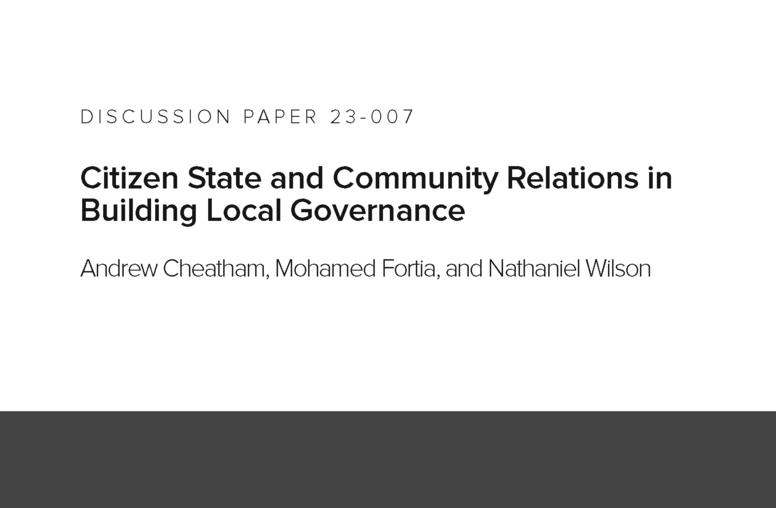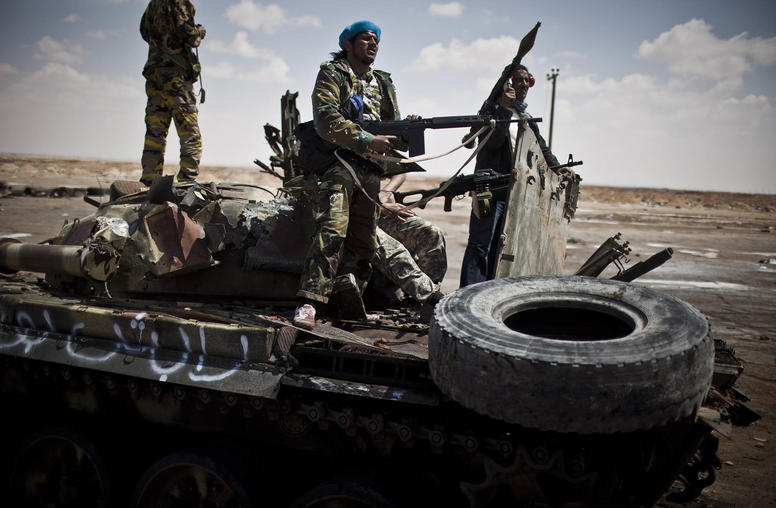Illicit Drug Trafficking and Use in Libya: Highs and Lows
This report explores how illicit drug trafficking and drug use in Libya has shaped and been shaped by the country’s ongoing conflict. Drawing on hundreds of interviews and dedicated research, it examines Libya’s pre-2011 illicit economy, delves into the social impact of drugs, and focuses on drug use on the frontlines of Libya’s ongoing conflict, the corrosive impact of drug trafficking and use on the justice and security sector, and how trafficking and organized crime undercut peacebuilding and state consolidation.

Summary
Initially considered a triumph of the so-called Arab Spring, Libya is now defined by what seem to be contradictory tensions. On the one hand, illicit drug trafficking and smuggling have undercut the ability of the state to rebuild. On the other, its networks knit the fractured state together.
Looking at the country’s illicit economy before 2011 is crucial to understanding how drug markets have evolved and flourished. Since the late 1990s, Libya had been a transit zone and small market for drugs. The 2011 uprising upended the controlled disorder of that economy, and trafficking and smuggling became more decentralized, producing a significant increase in the flow of illicit drugs and a proliferation of local drug markets. The intricacies of the various flows shed light on who controls the markets, which areas are transit points and destinations, and how local actors intersect with external flows.
The hierarchy of profit and strategic importance of Libya’s illicit markets—not just in drugs but in weapons, migrants, and commodities such as fuel—has important implications for the country’s conflict dynamics. Drug trafficking overlaps and intertwines with almost all other flows in Libya’s complex illicit economy.
Ultimately, drug trafficking and use fuels and feeds off violence. Their profits sustain some communities, but creeping use and abuse trends harm others. Ignoring drug trafficking and use dynamics or blithely waiting to resolve them once the basics of peace and structural reforms have been achieved is no longer an option.
To address Libya’s drug trafficking and consumption dynamic, domestic policymakers and civil society, along with international donors and partners, will need to take into account several recommendations in determining the path forward, including understanding how Libya’s complex network of illicit markets are interconnected and feed off one another, providing viable economic and social alternatives to engaging in trafficking and drug use, and developing durable peace agreements that holistically address, rather than ignore, the corrosive impact of organized crime.
About the Report
Drug trafficking and drug use in Libya have increased significantly in the wake of the 2011 uprising that ousted Muammar Gadhafi. This report explores how these illicit activities both feed off of and fuel the country’s conflict and instability. The research was supported by USIP’s Middle East and North Africa program with funding by the International Narcotics and Law Enforcement Bureau of the U.S. Department of State.
About the Author
Fiona Mangan is research director at Justice + Security in Transitions, where she focuses on organized crime, prison reform, justice, and security issues. A senior program officer at USIP from 2012 to 2016, she managed the Institute’s rule of law programming in Libya and Yemen. She continues to consult for USIP and is a fellow at University of South Carolina’s Rule of Law Collaborative.


